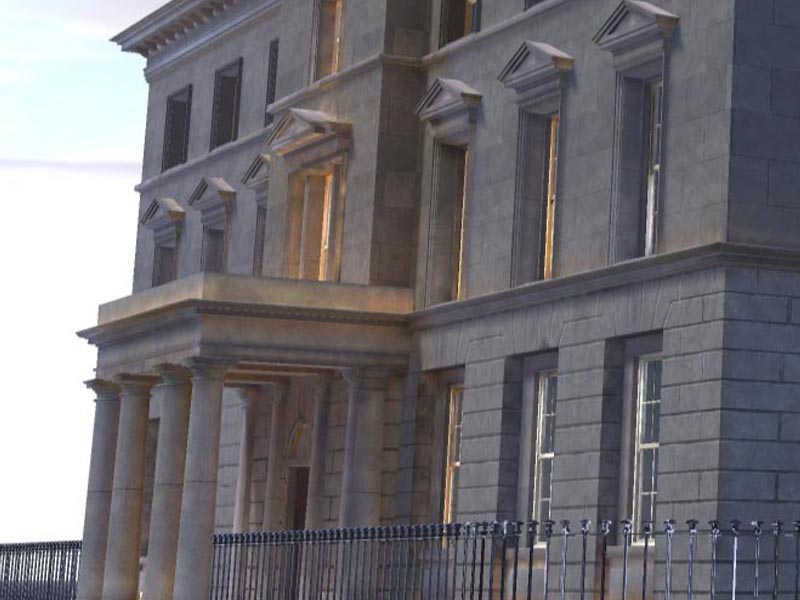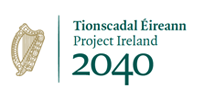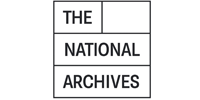
Celebrating a Landmark Digital Release from Our Partners at the RCB Library
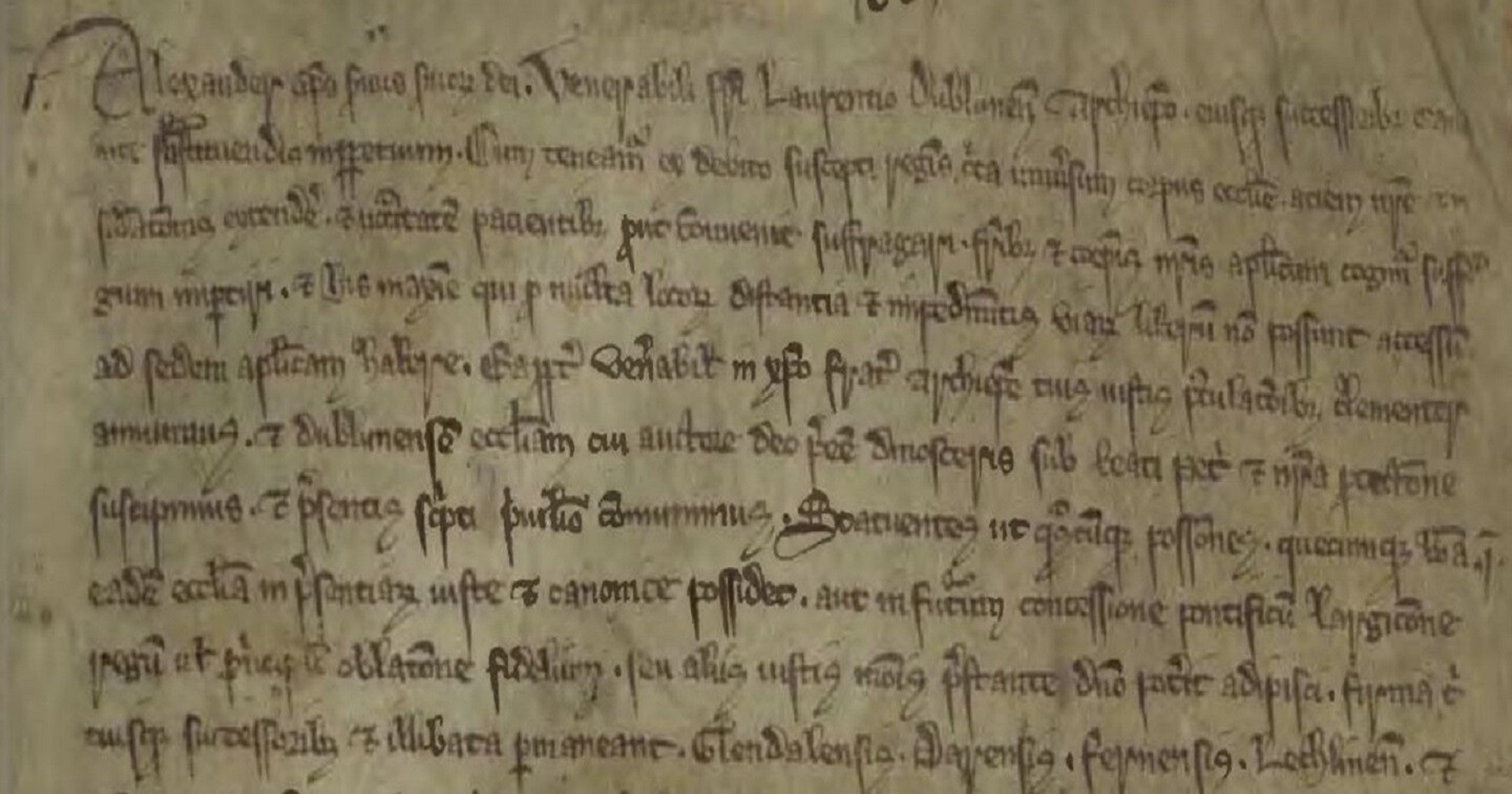
The Virtual Record Treasury of Ireland (VRTI) warmly congratulates our partners at the Representative Church Body (RCB) Library on the digitisation of one of the oldest manuscripts in their care – the Crede Mihi, a late 13th-century register for the Diocese of Dublin (RCB Library D6.1), now available to view online.
VRTI has supported this initiative by creating a new Crede Mihi catalogue record (RCBL D6/1) with links to the VRTI Knowledge Graph to enable easy access to these digital resources.
This remarkable register is the third significant manuscript to be made digitally accessible on the Library’s Medieval Manuscripts webpage, joining the 14th-century Red Book of Ossory and the Liber Niger Alani, a register associated with Archbishop John Alen and composed some 300 years after Crede Mihi. Visitors can now turn the virtual pages of this unique volume without travelling to Dublin or handling the fragile original.
The Crede Mihi preserves the oldest extant collection of documents associated with the see of Dublin, dating from the early 1170s to the late 13th century. As noted by Sir John Gilbert, who edited its first published edition in 1897, it represents “the most ancient register book of the archbishops of Dublin before the Reformation.” Following the union of the dioceses of Dublin and Glendalough in 1216, the manuscript also includes material from the latter.
This digital release is enriched by expert commentary from Professor Marie Therese Flanagan (Queen’s University Belfast), who provides insight into the manuscript’s scribes, physical structure, and historical significance. Professor Flanagan highlights that Crede Mihi consists of 37 parchment leaves in a soft leather binding and reveals multiple scribal hands at work. Notably, annotations in the hand of Archbishop John Alen – the first archbishop appointed by Henry VIII – show his use of the manuscript as a working document in the early 16th century. Alen’s own register, the Liber Niger Alani, includes significant references to Crede Mihi and is also available to view online.
Among the treasures within Crede Mihi are 22 papal privileges granted between 1179 and 1264, charters of Henry II, John, and Henry III, and documents issued by Archbishop Laurence O’Toole and Bishop Malchus of Glendalough.
Speaking from the RCB Library, Dr Susan Hood said: “These and many other colourful contents of the Crede Mihi, which literally translates ‘believe me’ (John 4:21), are now possible to view in the digital version of the original as published by the RCB Library. The Library is most grateful to Professor Flanagan for her generous and scholarly input.”
As a partner repository of the Virtual Record Treasury of Ireland, the RCB Library’s medieval treasures – including Crede Mihi – are now accessible through the Virtual Treasury portal, strengthening the connection between church records and the digital reconstruction of over 350,000 records lost in the destruction of the Public Record Office of Ireland in 1922.
Peter Crooks, Academic Director of the Virtual Record Treasury of Ireland, commented:
“The PROI destroyed in 1922 held a significant collection of manuscripts from the dioceses of Dublin and Glendalough, though fortunately not this precious early manuscript. The first editor of Crede Mihi, J.T. Gilbert, was secretary of the PROI in the earliest years of the new institution. I am delighted to welcome this initiative by the RCB Library and I hope the digitised register encourages many researchers to engage with our medieval archival heritage.”
We celebrate this milestone with our colleagues at the RCB Library and are proud to showcase their contribution to the collective recovery of Ireland’s documentary heritage.
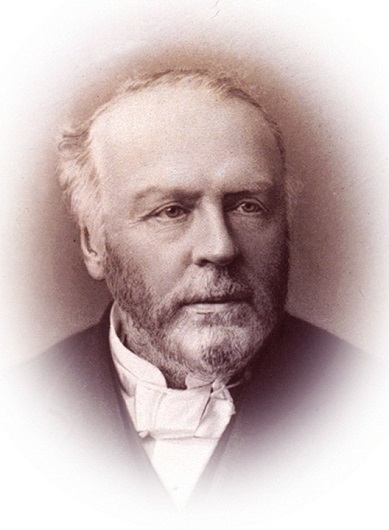
Image: J. T. Gilbert, the earliest editor of the Crede Mihi, and sometime Secretary of the Public Record Office of Ireland (PROI) when it opened first in 1867.
Date
Tuesday, 15 July 2025, 1:55 PM

